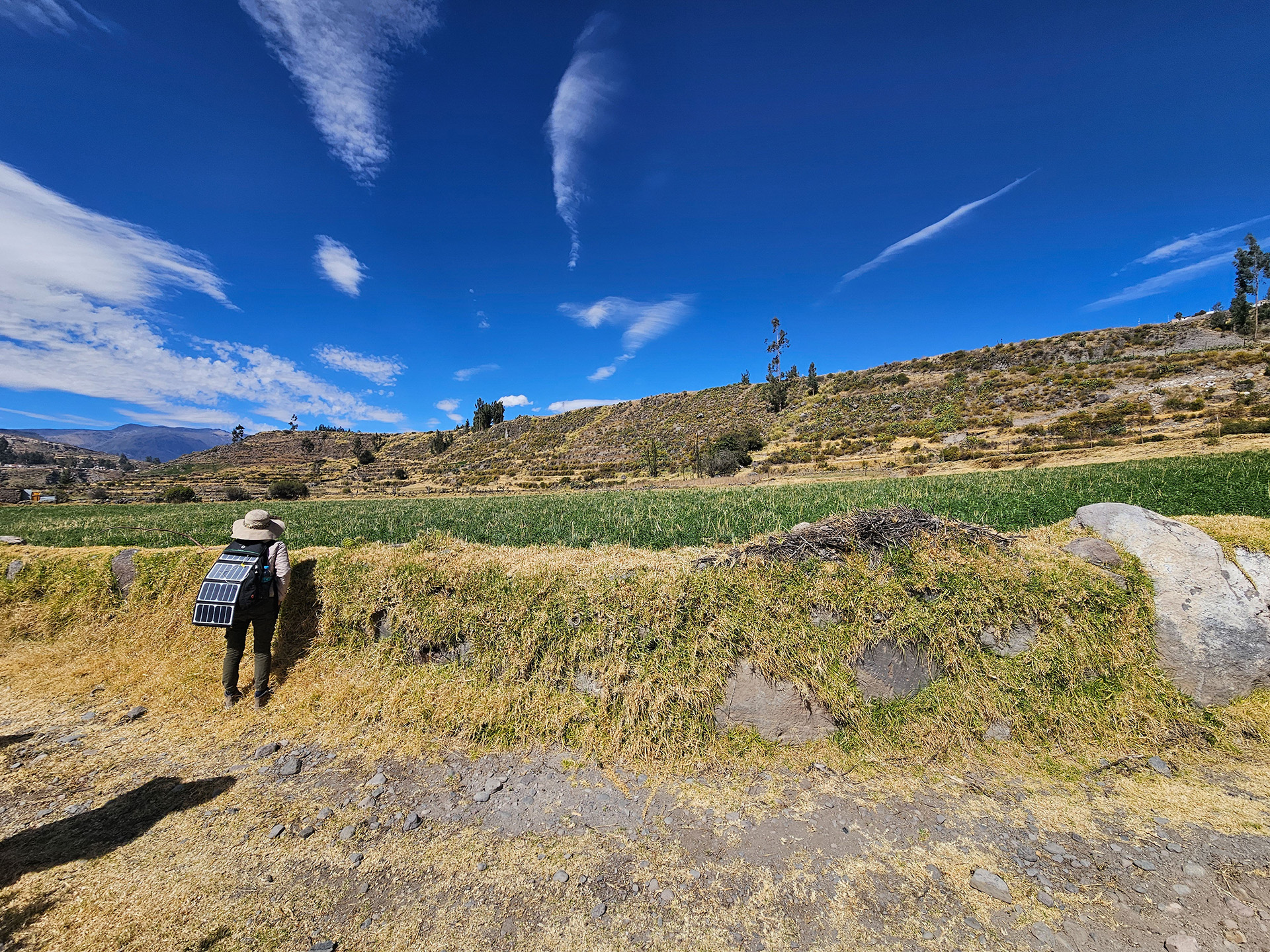Around 1100 CE, a century-long drought ushered in an era of political balkanization and prolonged conflict across the highland Andes.
During this time, known by archaeologists as the Late Intermediate Period (LIP;1100-1450 CE), people across the highlands moved to defensible hilltop settlements that were located near high-altitude pastures.

Archaeologists have hypothesized that in the face of climate change and state collapse farmers abandoned intensive crop cultivation in favor of more extensive farming and pastoralism.
It is assumed that extensive farming would have limited social hierarchies.
But are our assumptions correct?
High in the southern Peruvian highlands, the Colca Valley suggests very different patterns. Despite changing climates and warfare, populations grew, and so did wealth.
Is it possible that the Collaguas who inhabited this region long before the Inka were somehow able to thrive under both environmental and social stress? Or, did conflict and climate change lay the groundwork for new social division?




The Colca Valley
By the time of Spanish conquest, the Colca Valley in the southern Peruvian Andes was one of the most densely terraced valleys in the Americas, and the region was renowned for its vast camelid herds. The diverse ecosystem of the Colca Valley constrains and enables this agropastoral potential. Rapid elevation changes allow farmers to cultivate lowland crops (maize, chilis, lucuma) and highland crops (quinoa, kañawa, potatoes) within relatively compressed vertical areas. Steep valley slopes also provide ready access to the vast high-altitude puna, where dry grasses and shrubs are punctuated by marshes and anthropogenic wetlands.
Rainy-season precipitation and glacial runoff feed wetlands that are important food sources for camelid herds, as well as a variety of wildlife. Distinct wet (austral summer) and dry (austral winter) seasons also drive cycles of irrigation, planting, harvesting, camelid breeding, and grazing. Thus, variation in precipitation and temperature impact both crop cultivation and pastoral strategies.


